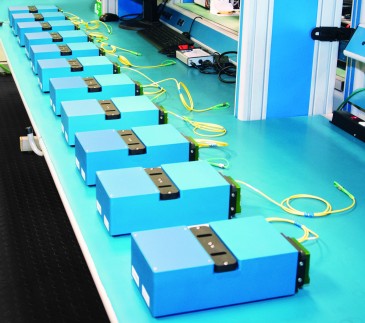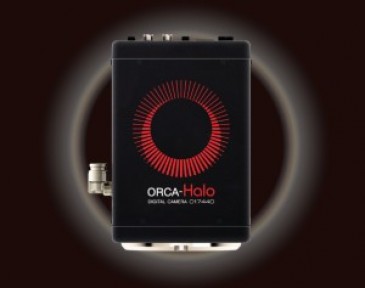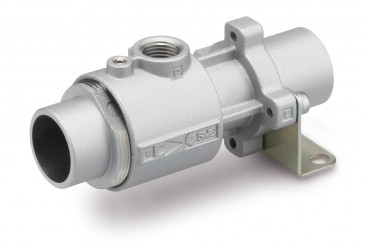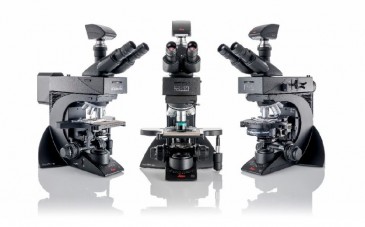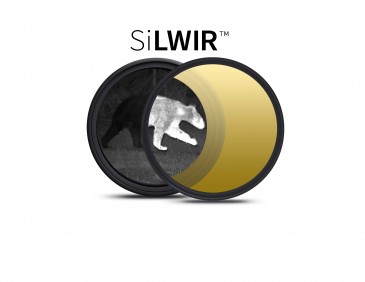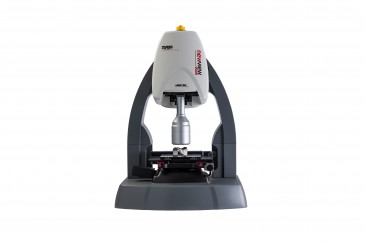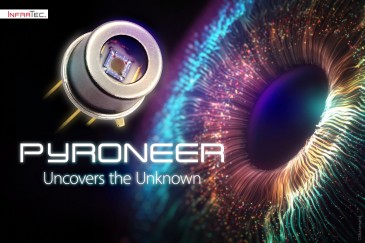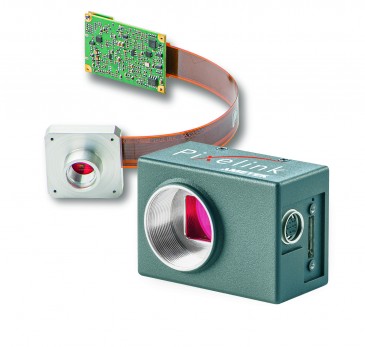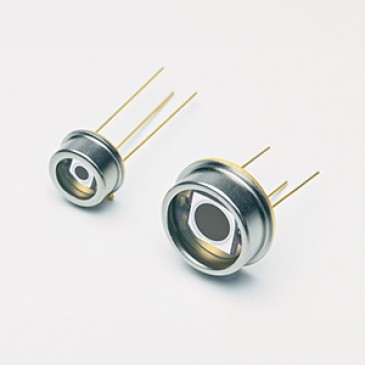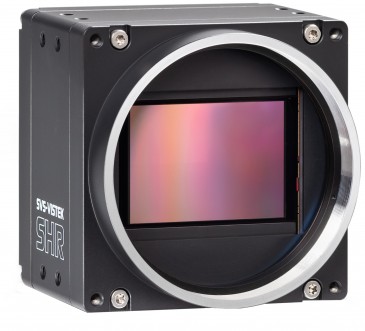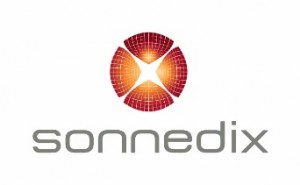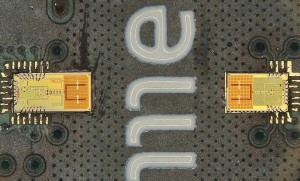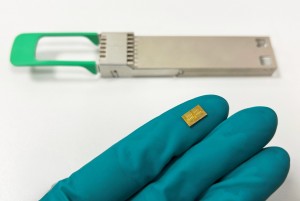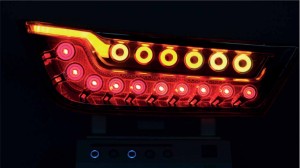
As conventional lighting approaches its limits, the market for organic light-emitting diode (OLED) is just about to ripen. By now, most consumers are familiar with flexible electronics and edge-type devices, but these are only scratching the surface of OLED technology. OLED has now expanded across multiple industries to heighten consumer convenience, safety and health.
Automotive industry
Carmakers have shown increasing interest in OLED technology lately due to its flat, lightweight properties. OLEDs work without a backlight and emit homogenous, shadow-free lighting, which makes them particularly attractive for high-end car models.
“Flexible OLEDs allow completely new and unique [car] designs,” Marc Lünnemann, CEO of OLED at Osram, a leading automotive lighting manufacturer, told Novus Light.
First-generation OLED cars with flat taillights are already on the market, like Audi 2016 TT RS Coupe and the 2016 BMW M4 GTS, and will gradually become more mainstream. Lünnemann indicates that consumers can expect to see OLED turn indicators, and accent lights in the next few years, with interior applications appearing possibly sooner.
It’s visually pleasing, says Lünnemann. “Users will be fascinated by the light quality, brilliance, as well as the design features that come along with OLED.”
The automotive industry has been implementing intelligent OLED technology to enhance driver convenience and safety as well. For example, Audi showcased a concept car with exterior OLED panels that morph according to the driver response, making its movement highly visible to other drivers at night. As well, Jaguar’s 360 Virtual Urban Windscreen--a driver assistance technology in the development phase--embeds transparent OLED and sensors along various locations of the car to detect objects in its blind spots and make them visible to the driver; the OLED allows car panels to turn fully transparent to reduce blind spot hazards.
One OLED-enhanced technology available to consumers now is Navdy’s transparent Head-Up Display (HUD), which projects information onto the center of the windshield to keep drivers’ eyes on the road. It’s paired with smartphones to bring notifications into the driver’s field of view and gives drivers a futuristic and safe driving experience.
OLED options will continue to evolve with next-generation vehicles, says Lünnemann and others. Osram predicts that the lights will most likely be included as innovation packages offered by OEM’s as optional equipment.
Biomedical industry
OLED is making inroads in the biomedical field as well. A wide selection of fitness bands and sports bracelets with OLED displays are currently on the market, for example the LG Lifeband Touch which tracks physical activities and the Xiaomi Mi Band that monitors heart rate, but these devices are about to get another stretch.
Researchers at the University of Tokyo recently produced a super stretchy OLED film made up of organic polymer light-emitting diode (PLED) and photodetectors. The smart skin is only 3 um thick and can be laminated directly onto the human skin to perform electronic functions. The group successfully test designed a thick pulse oximeter that attaches to a finger and measures oxygen concentration in the blood.
The interest in electronic skin devices will definitely increase, says Yoko Tashiro, one of the researchers involved. E-skins can offer patients increased comfort and take clinical measurements while being barely detectable.
Human-centric lighting
Amidst the hype around its flexibility, it's easy to overlook the latest innovative OLED indoor lighting applications. The broad spectrum emitted by organic molecules has made it possible for engineers to design human-centric lighting for healthcare. OLEDworks currently offers Amber OLEDs designed without the blue wavelength to improve sleep patterns. Blue lights are disruptive for sleep, says a company representative, and being able to produce a blue-free lighting has been incredibly valuable for healthcare facilities.
The potential for OLED human-centric lighting is big, says Materials scientist Cheah Kok Wai at Hong Kong Baptist University, “It’s possible to develop natural, organic lighting to ‘tune’ our mood.” His group recently engineered a three-layer single-cell OLED that produces a spectrum following blackbody radiation, or light given off by natural elements like the sun and burning firewood. The thickness of the device was calibrated to emit near-exact colors from sunset orange to sky blue. Further, it's made to be tunable so that it can shift a room from dawn to dusk at the turn of a knob.
Cheah envisions unprecedented health benefits from all of this. The lights can be installed in an air cabin to provide homogenous, comfortable lighting that helps passengers relax, sleep, and adjust to different time zones, he says. It can also be used to generate natural lighting in hospital rooms for bedridden patients to speed up recovery and improve their mood.
Still, some aspects of OLED still need work, like color degradation and on-screen image retention. It’s not a big problem for consumer electronics as long as the device is turned off when not in use, but this is impractical for automotive and lighting applications.
“Automotive industry has clear requirements with respect to quality and (color) degradation,” says Lünnemann, and future upgrades will only be made in accordance with a performance increase of the OLED.
Researchers are currently working to find more robust materials to improve OLED performance. It will take time, says Cheah, perfecting the technology requires the collaboration of chemists and engineers. But for consumers, the promise of rollup devices, transparent cars, and flexible skinwear make the wait for these advancements a little easier.
Written by Ella Xiong, a freelance writer and electrical engineer specializing in optics





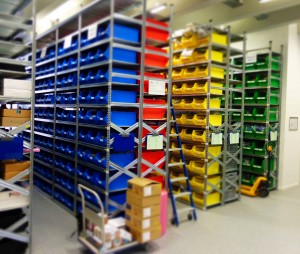

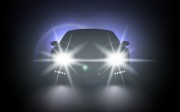
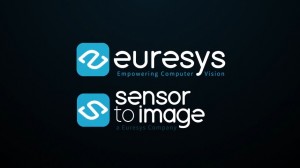
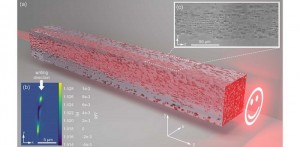
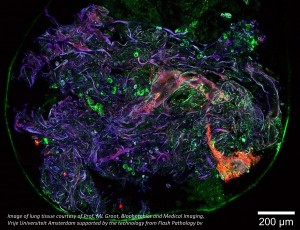

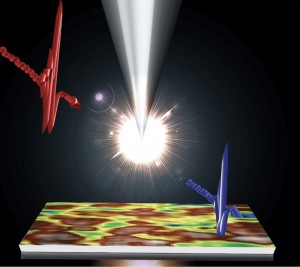

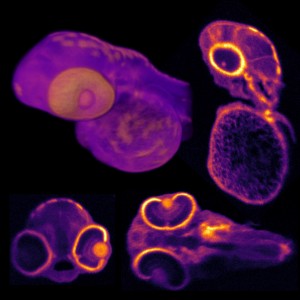
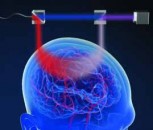
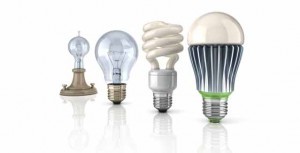
















 Back to Features
Back to Features